How about more insights? Check out the video on this topic.
Explore the dynamic world of Apache Cassandra’s distributed key-value architecture in our webinar, “Cassandra: Distributed Key-Value, Architecture.” Led by Vadim Opolski, a certified Cassandra developer at Luxoft DXC, discover how Cassandra addresses the challenges of managing extensive user data, offering scalability, fault tolerance, and low-latency solutions. Join us to unravel the power of Apache Cassandra in revolutionizing real-time reporting and analytics for large-scale datasets.
Highlights:
- Cassandra’s decentralized architecture allows for scalable and reliable data storage across multiple nodes.
- The use of token rings enables efficient data distribution across the cluster, solving potential performance issues.
- Cassandra’s column-oriented storage and flexible consistency levels help minimize latency and optimize data access.
- The decentralized architecture of Cassandra ensures fault tolerance and high availability, mitigating the risk of data loss.
- Vadim’s comprehensive overview sheds light on how Cassandra addresses key challenges in distributed storage and data management.
Meet Vadim Opolski – A Journey into Cassandra’s Architecture
I am Vadim Opolski (Global Data Chapter Lead, Loft DXC), a certified Cassandra developer and global data chapter lead at Loft DXC. With an impressive consulting background at top firms like Deutsche Bank, HSBC, and Toyota, I am also an Apache Ignite contributor.
Today I will be delving into a fascinating real-world use case involving Nvidia.
Nvidia, renowned for its gaming cards such as GeForce, collects vast amounts of data from users’ machines to perform tasks like driver update recommendations and troubleshooting driver-related issues. Managing this immense volume of data from millions of users presents significant challenges.

These data transactions contain valuable insights about GPU specifications, driver settings, installed games, and even hardware details. The primary challenge lies in efficiently transporting data from 20 million users to a single data center for computation, dashboard creation, and report generation.
To address this challenge, we can leverage Apache Kafka for data collection. However, we require an efficient storage solution like Cassandra to handle the massive data volume and facilitate efficient data retrieval for reporting purposes.

When reading data from Kafka, we encounter two main issues. Firstly, Kafka has a retention time of only one week, rendering it unsuitable for generating reports. Secondly, Kafka is not optimized for report generation and analytical queries. Hence, we need an alternative storage solution.
Our ideal storage solution must serve as a foundation for our reports while offering scalability. As the number of gaming players and data volume continues to increase, our storage system needs to be distributed and scalable.
Furthermore, we must ensure high availability and fault tolerance to mitigate the impact of node failures or data loss. Losing data between Kafka and the business intelligence platform is unacceptable if we aim to achieve accurate reporting.
Data distribution poses another challenge. We need to distribute data across multiple machines with limited resources to maintain balanced performance and prevent bottlenecks.

Real-time reporting necessitates minimal latency, as the system must respond swiftly to events and provide timely insights.
Cassandra’s decentralized architecture distributes requests to other nodes in the cluster, ensuring high availability and fault tolerance. In the event of a node failure, the coordinator role seamlessly transitions to another available node, eliminating single points of failure and enhancing system resilience. The gossip protocol maintains consistency among nodes, facilitating seamless data replication and synchronization.

Data distribution in Cassandra is accomplished through consistent hashing, evenly distributing data across nodes to prevent hotspots and bottlenecks. Each node is responsible for a specific data range based on the partition key, enabling horizontal scalability and efficient data retrieval.

Cassandra excels in low-latency reads and writes, making it ideal for real-time reporting. Its optimized column-oriented storage format allows for direct access to specific columns, significantly improving read performance. The write-ahead log ensures data durability and consistency, while in-memory caching further enhances read performance. Configurable consistency levels provide fine-grained control over performance and consistency trade-offs. Automatic data compression reduces storage space and improves read and write performance.

In a nutshell, Cassandra offers a scalable, fault-tolerant, and highly available storage solution for generating reports and managing large data volumes. Its decentralized architecture, distributed consensus protocol, data distribution strategy, and performance optimization features make it an excellent choice for our gaming analytics platform.

Cassandra’s ability to efficiently retrieve data based on the partition it is located in allows for quick and effective data retrieval without the need for full table scans. Its distributed architecture ensures high availability and fault tolerance by replicating data across multiple nodes. In case of a node failure, data can still be accessed from other replicas.


In conclusion, Cassandra offers flexible configuration of consistency levels for read and write operations, allowing users to find the right balance between data consistency and performance. Its internal persistence architecture, comprising the commit log, in-memory tables, and SSTables, ensures durability and efficient data storage. The use of bloom filters and partition key cache further enhances read performance. Overall, Cassandra is a powerful distributed database system that provides scalability, fault tolerance, and high availability for large-scale applications.
If you have any further questions or require additional information, please don’t hesitate to ask in the comments.
Related posts
Back to the future: Scaling infrastructure in a modern cloud world
How about more insights? Check out the video on this topic.In the ever-evolving landscape of cloud computing, the challenges of scaling infrastructure have taken on new dimensions....
The importance of interoperability and compatibility in database systems
How about more insights? Check out the video on this topic.The cloud has revolutionized how we store and access data. However, with a growing number of cloud-based tools and services,...
NoSQL: Why and When to Use It
How about more insights? Check out the video on this topic.Traditional SQL databases have long been the industry standard, but as modern applications demand more flexibility and...
Data Visualization Difficulties in Document Databases
How about more insights? Check out the video on this topic.Document databases have rapidly gained popularity due to their exceptional flexibility and scalability. However, effectively...
Redis Alternatives Compared: What Are Your Options in 2024?
How about more insights? Check out the video on this topic.The recent license change by Redis Ltd. has stirred significant discussion within the tech community, prompting many to seek...
MongoDB Cluster Provisioning in Kubernetes: Deep Dive Demo with Diogo Recharte
Dive into the intricacies of provisioning a MongoDB cluster in Kubernetes with Diogo Recharte. Gain valuable insights and practical tips for seamless deployment and management.
How to provision a MongoDB cluster in Kubernetes: Peter Szczepaniak’s Tips
In this blog post, we’ll dive deeper into Peter’s presentation, exploring the step-by-step process of deploying a MongoDB cluster on Kubernetes along with best practices for success.
Elevating Disaster Recovery With Kubernetes-native Document Databases (part 2)
Explore a deep dive into disaster recovery with Nova in action, showcasing Kubernetes-native document databases. Join Maciek Urbanski for an insightful demo.
Elevating Disaster Recovery With Kubernetes-native Document Databases (part 1)
Learn about automating data recovery in Kubernetes with Nova and elevating disaster recovery with Kubernetes-native document databases with Selvi Kadirvel.
JSON performance: PostgreSQL vs MongoDB Comparison
Explore the JSON performance: PostgreSQL vs MongoDB in this comparison. This article summarizes key points, offering a concise comparison of JSON handling in both databases.
Subscribe to Updates
Privacy Policy




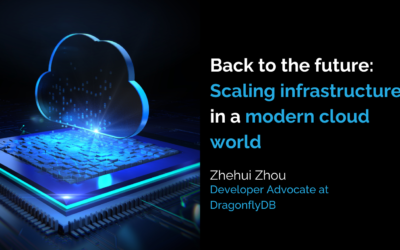
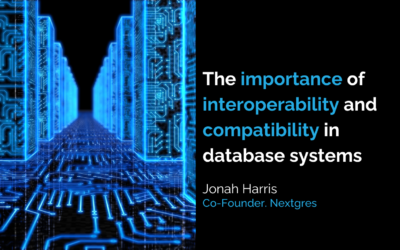
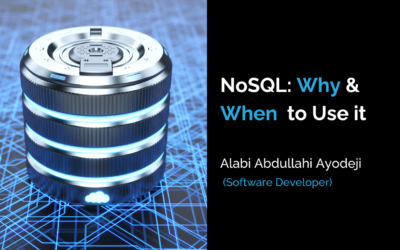
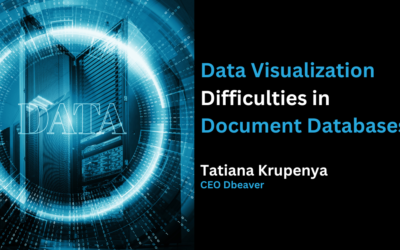
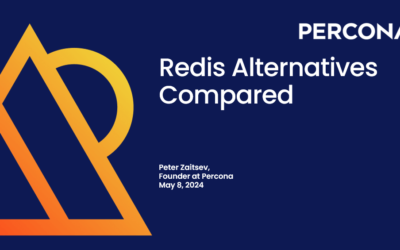

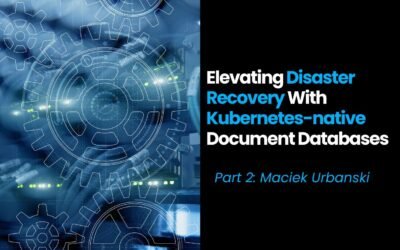
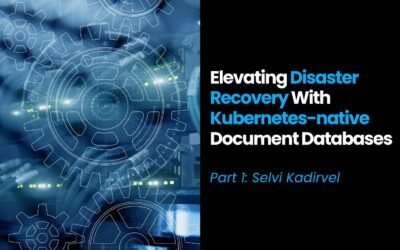

0 Comments